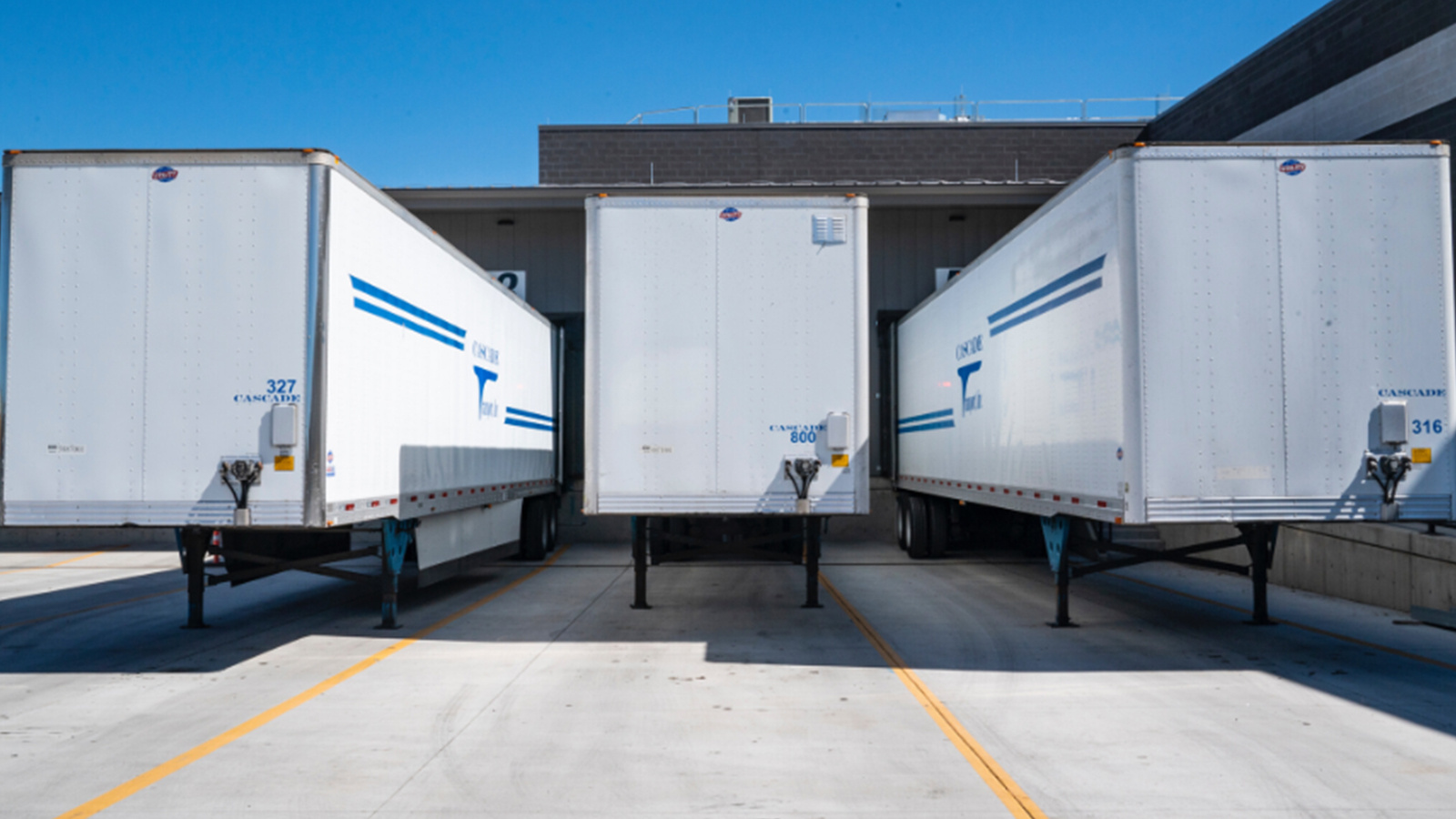Quality (And Budget) Assurance: How to Confirm the Right Class for Your Shippers' Freight

In today’s complex logistics ecosystem, freight classification protects the interests of all supply chain stakeholders throughout a shipment's lifecycle. Beyond determining packing requirements, it is vital for the safe, compliant, and timely delivery of your shippers' cargo to the final destination. If this field is wrong on the bill of lading, your customer’s shipment will be jeopardized.
The Nation Motor Freight Traffic Association (NMFTA) may standardize the classification system for transported materials to ensure unbiased pricing, but that doesn’t mean it’s always input correctly. In fact, our quality assurance teams find that National Motor Freight Classification (NMFC) errors are one of the most common data discrepancies that carriers and 3PLs encounter.
The following four characteristics determine freight class:
#1. Stowability
While most freight should be easy to stow in trucks, hazardous or flammable materials carry greater risk and have certain shipping regulations. Consider the outside packaging and materials of your customers’ shipments. Did they properly assess the overall weight, length, or protrusions associated with the item? For example, if their cargo is stored in easily stackable crates inside a truck, the ease of transfer is increased.
#2. Liability
The probability of theft or damage of the item determines freight liability. Additionally, class is subject to liability if the commodity may cause damage to other customer cargo during the LTL shipping process. This lifts the overall risk- which results in a higher freight class. Density must also be considered when classification is based on liability.
#3. Handling
Ease of handling is the care needed for your shippers’ freight. Heavy, fragile, or hazardous cargo will always be placed in a higher shipping class. Shape, size, and weight will also affect how easily mechanical equipment can load shipments, which is why the overall difficulty of loading is assigned to each shipment.
#4. Density
Freight density is the weight or cubic feet of freight. When comparing freight classes, denser items fall into a lower class, whereas bulky and heavy items are more expensive to ship.
Measuring Density and Understanding Freight Classes
The three steps that should be used to measure density:
-
Measure the height, width, and depth of your shipment
-
Multiply the three values (height x width x depth)
-
Finally, divide the shipment's weight (in pounds) by the sum of cubic feet.
Some of the most common classes are 60, 70, 85, 92.5, and 100. The lowest class, clean freight, is 50, and the highest is 500. The lower the class, typically, the lower the shipping costs. Heads up: Tranzact.com offers a free freight class calculator that does all your work.
If you are shipping items that vary in size, such as clothing, bed frames, or couches, freight rate classification can be determined solely by overall density. These items fall into a category labeled Not Otherwise Indicated (NOI). The NMFC code is not enough to determine the class of specific shipments. Density takes on the superior role of class determinant.
Your shippers may choose a freight class without understanding the process.
Some shippers may think they'll save money by picking a lower class, but issues almost always arise. You, other carriers, and 3PLs will often have to reclassify the shipment. The invoice may not match the shippers’ expected costs, but you'll mitigate delays and headaches for you and your customer.
Advise your shippers.
For example:
-
They should review their palette configurations and maximize space to lower their LTL class.
-
The more “open space” inside their packaging, the less dense your shipment will be. Denser shipments = lower class.
- They must also ensure the shipment correctly displays the coordinated NMFC code with the corresponding class.
Expert tip: Offer discounted rates for stackable freight or upcharge for non-stackable.
These inaccuracies go beyond annoying billing disputes. They poke holes in your revenue stream that aren’t apparent until the cash flow has diminished significantly. DDC’s partners report record-high accuracy rates, recurring client retention, and a standard 40 percent cost savings from error adjustments alone.
Questions or Concerns?
To speak with one of our billing experts, submit a request here. We look forward to speaking with you.
How Can We Help You?
Get in touch to learn how we can support your success.
Get Started
